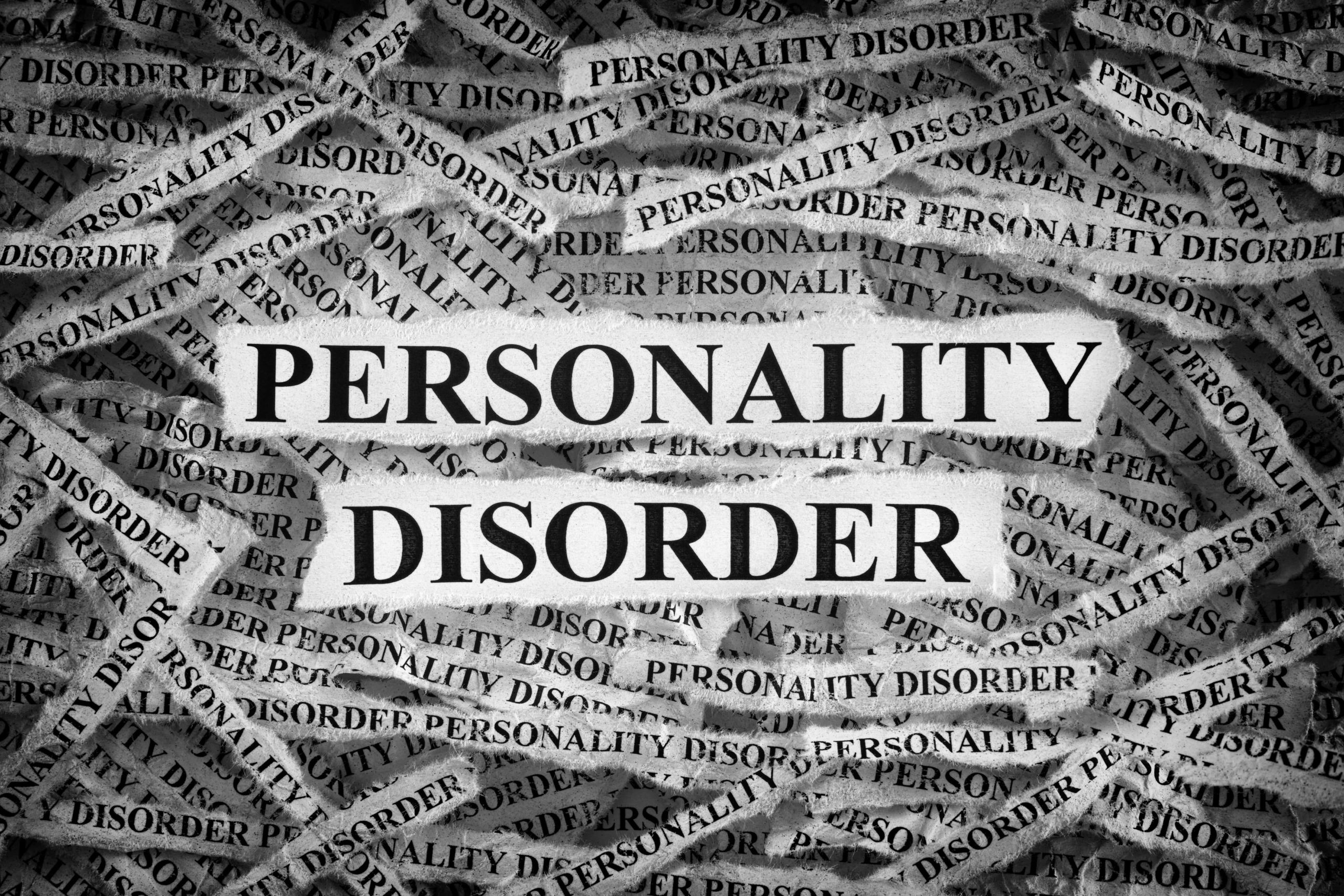
Personality Disorders
Personality Disorders Personality disorders are a group of a 10 mental health conditions that involve long-la sting, disruptive patterns of thinking, behaviour, mood and relating

Personality Disorders Personality disorders are a group of a 10 mental health conditions that involve long-la sting, disruptive patterns of thinking, behaviour, mood and relating
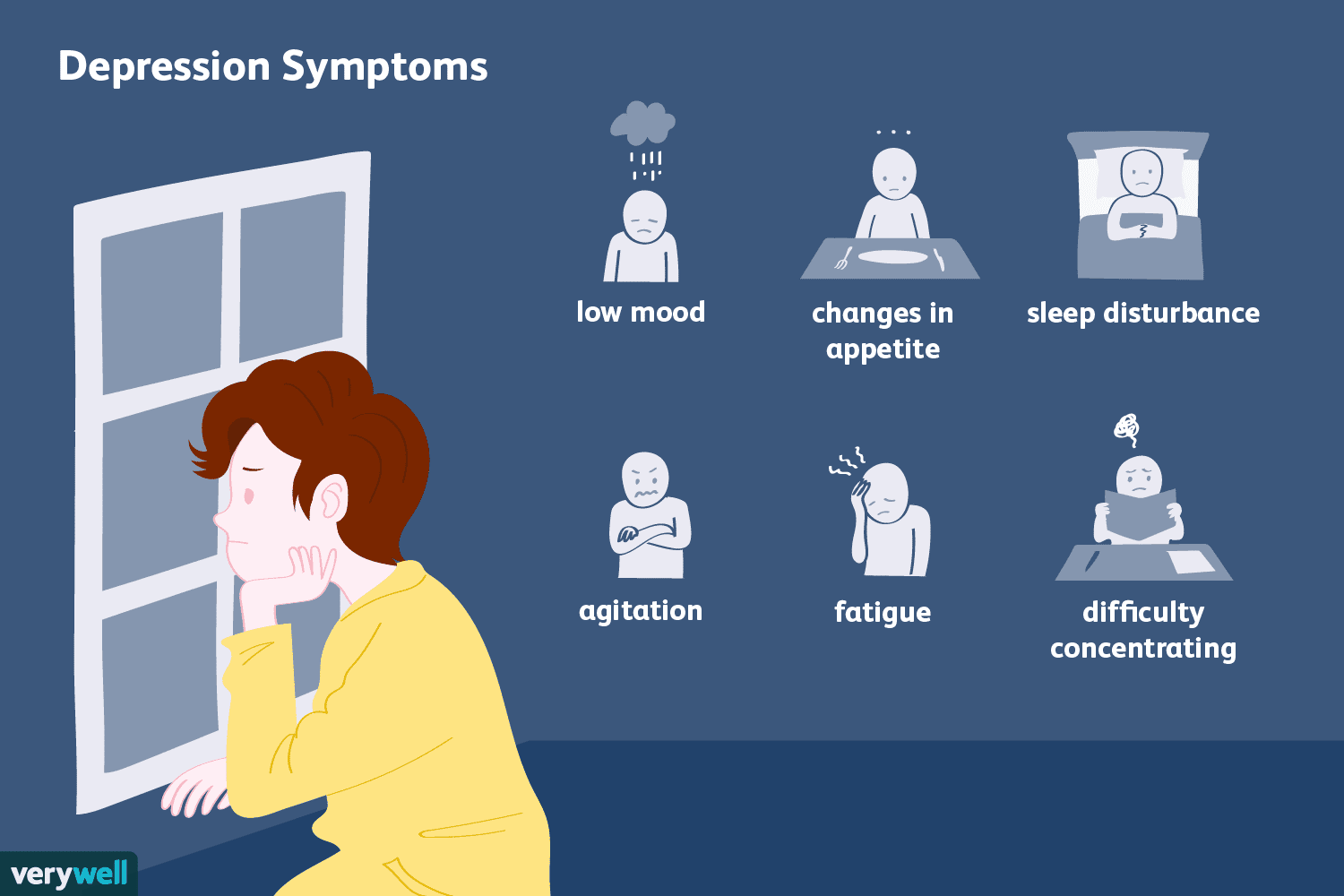
What is depression? Depression is one of the most common types of mental health conditions and often develops alongside anxiety. Depression can be mild and
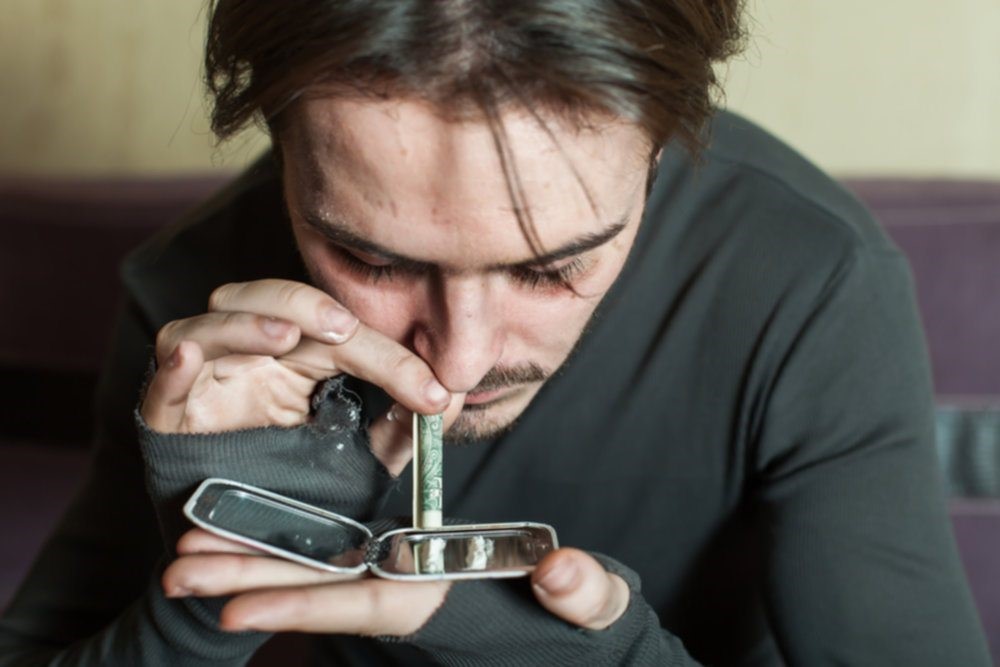
COCAINE ADDICTION IN OVERSEAS PAKISTANI FAMILIES AND TREATMENT EXPERIENCE AT NEW HOPE REHAB CENTER ISLAMABAD What Is Cocaine Addiction? People who are struggling with cocaine
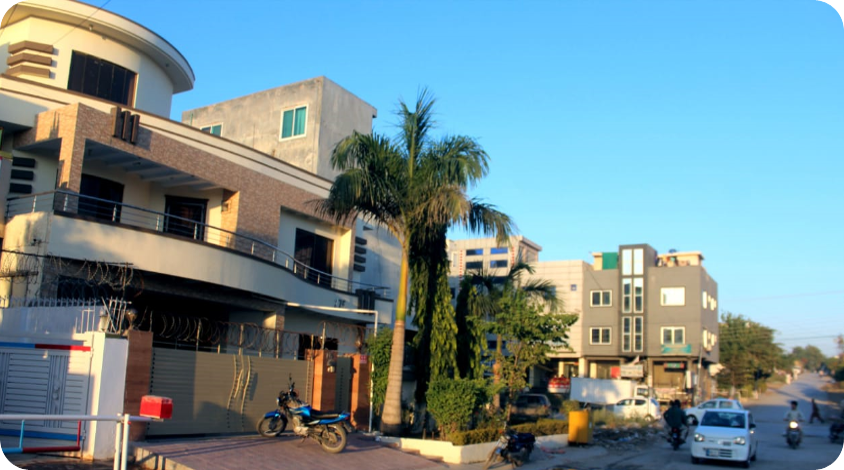
BEST REHABILATATION CENTER IN ISLAMABAD BENEFITS OF REHABILATATION FOR PEOPLE What is rehabilitation? Rehabilitation is care that can help you get back, keep, or improve
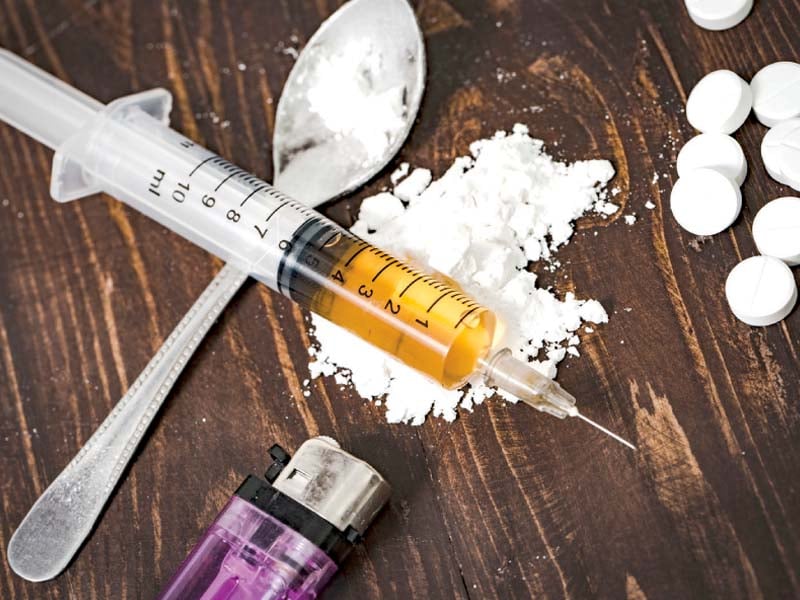
Why Drug Addiction is rampant in Abbottabad and surrounding areas? Rehabilitation is a complex process involving different stages from initial detoxification and to psychiatric treatment
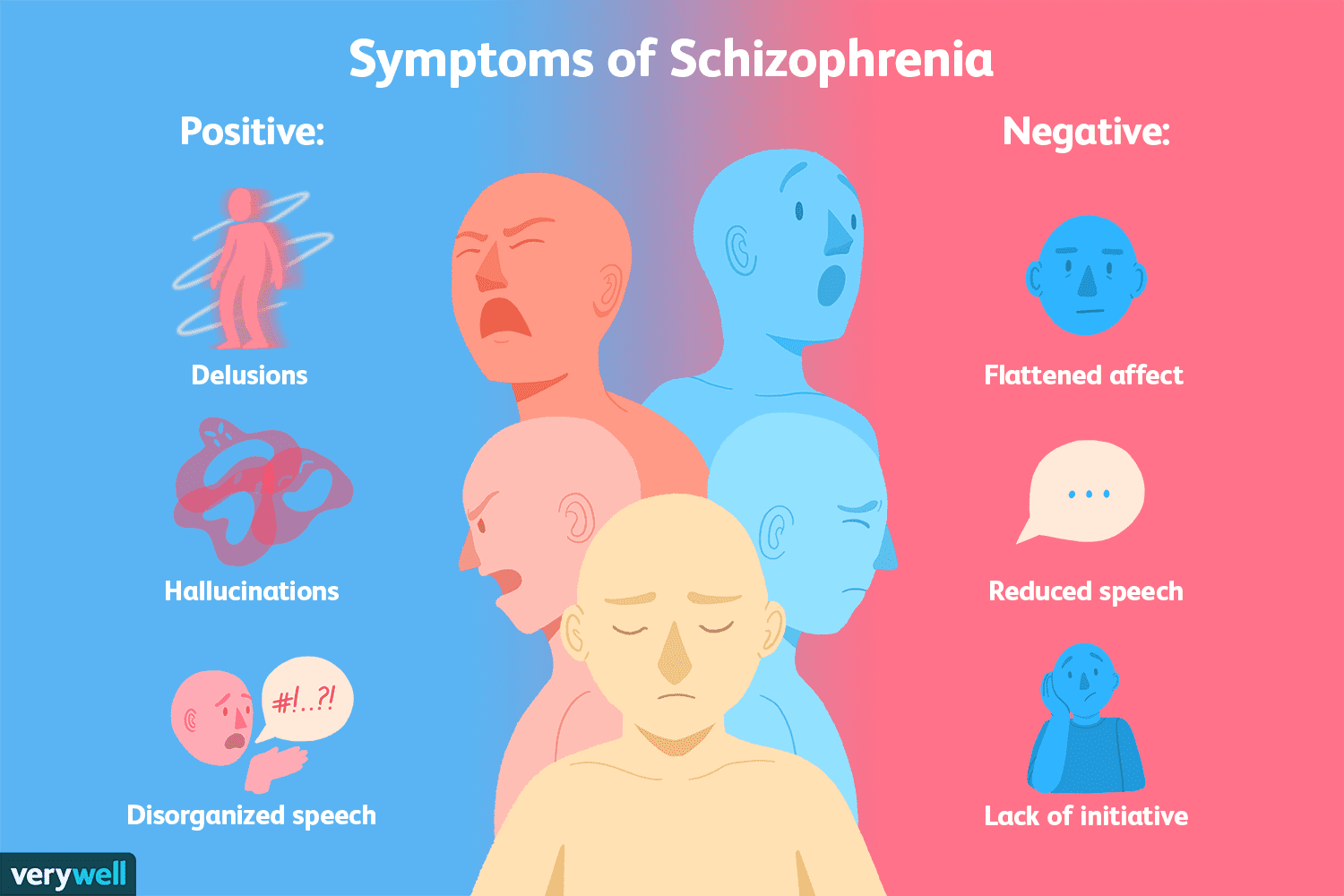
Understanding Schizophrenia in Pakistan Understanding Schizophrenia in Pakistan is a severe mental disorder that impairs an individual’s ability to perceive things clearly. Reality check is poor.
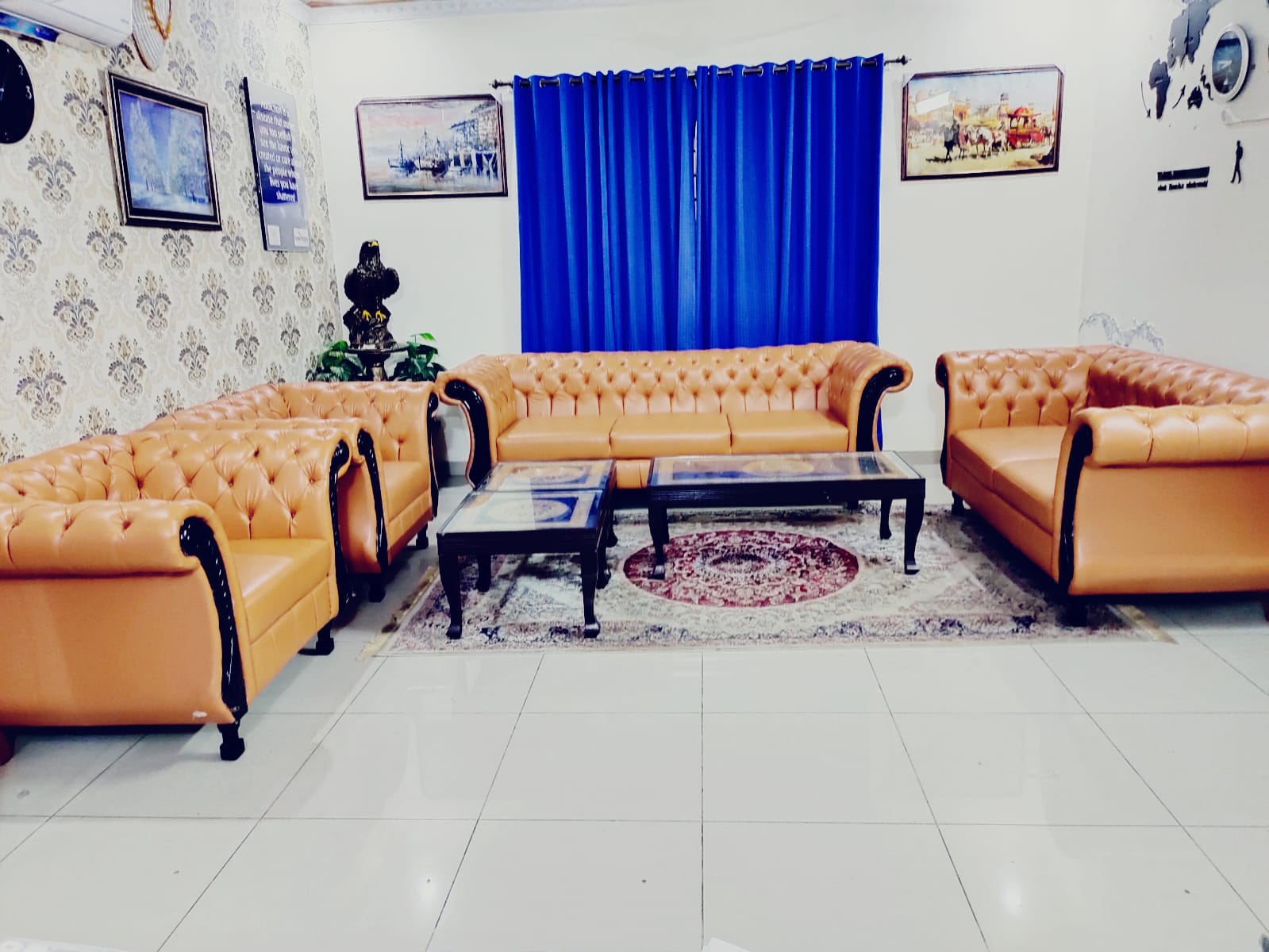
Best Rehabilitation Centre in Swat KPK Pakistan New Hope Rehab Centre, one of the top & Best Rehab Centre in Swat, KPK, Pakistan for Drug
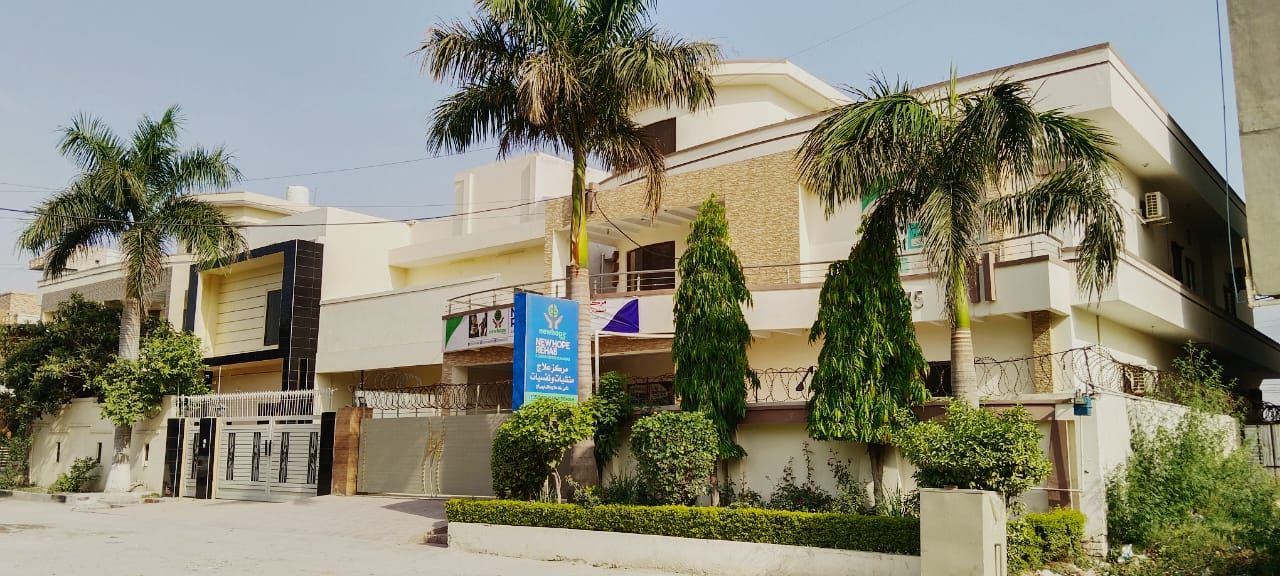
Drug Rehabilitation Centre in Azad Kashmir, Pakistan Drug addiction and alcoholism are two major problems that are faced by many people today. This blog post
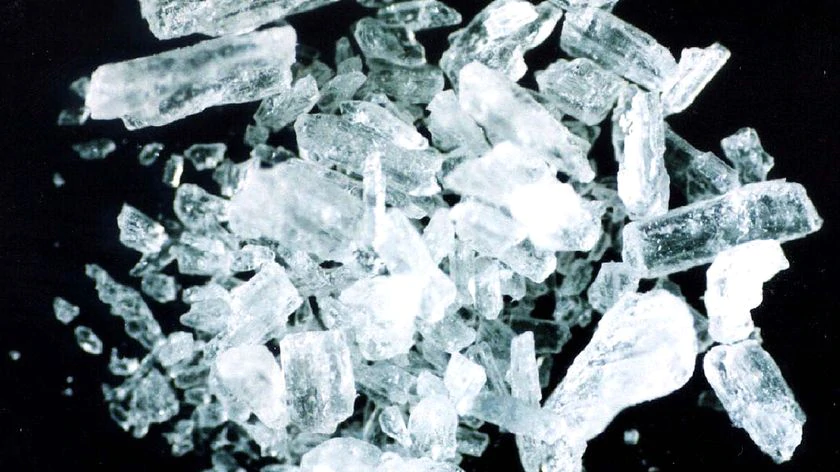
Treating Crystal Meth ICE Patients Experience of New Hope and New Inception Rehab Center Islamabad Youth is the main asset of any nation. Thay are
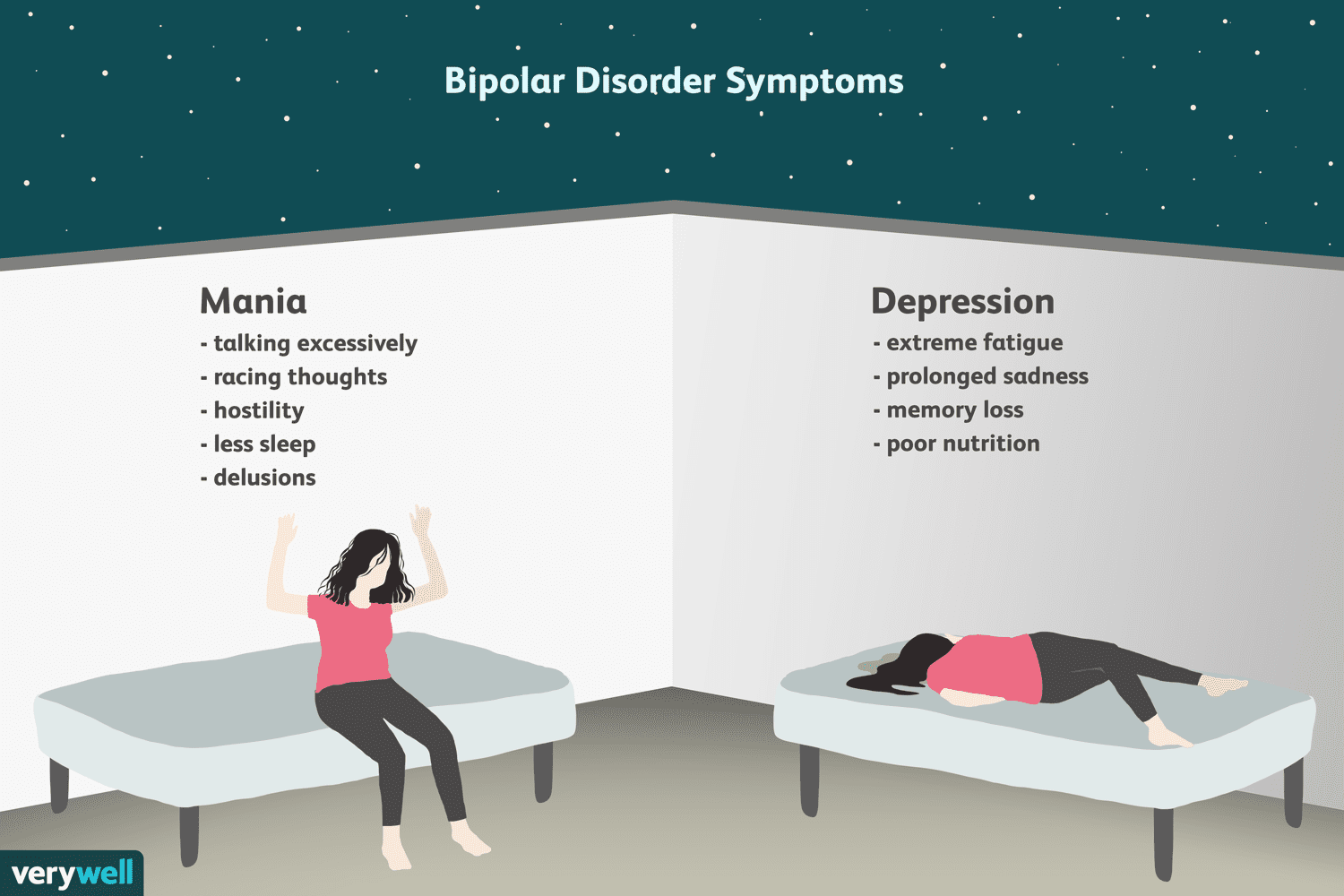
Bipolar Disorder – New Hope is Best Rehab Center Islamabad Bipolar disorder is a serious mental illness that causes unusual shifts in mood. Ranging from extreme
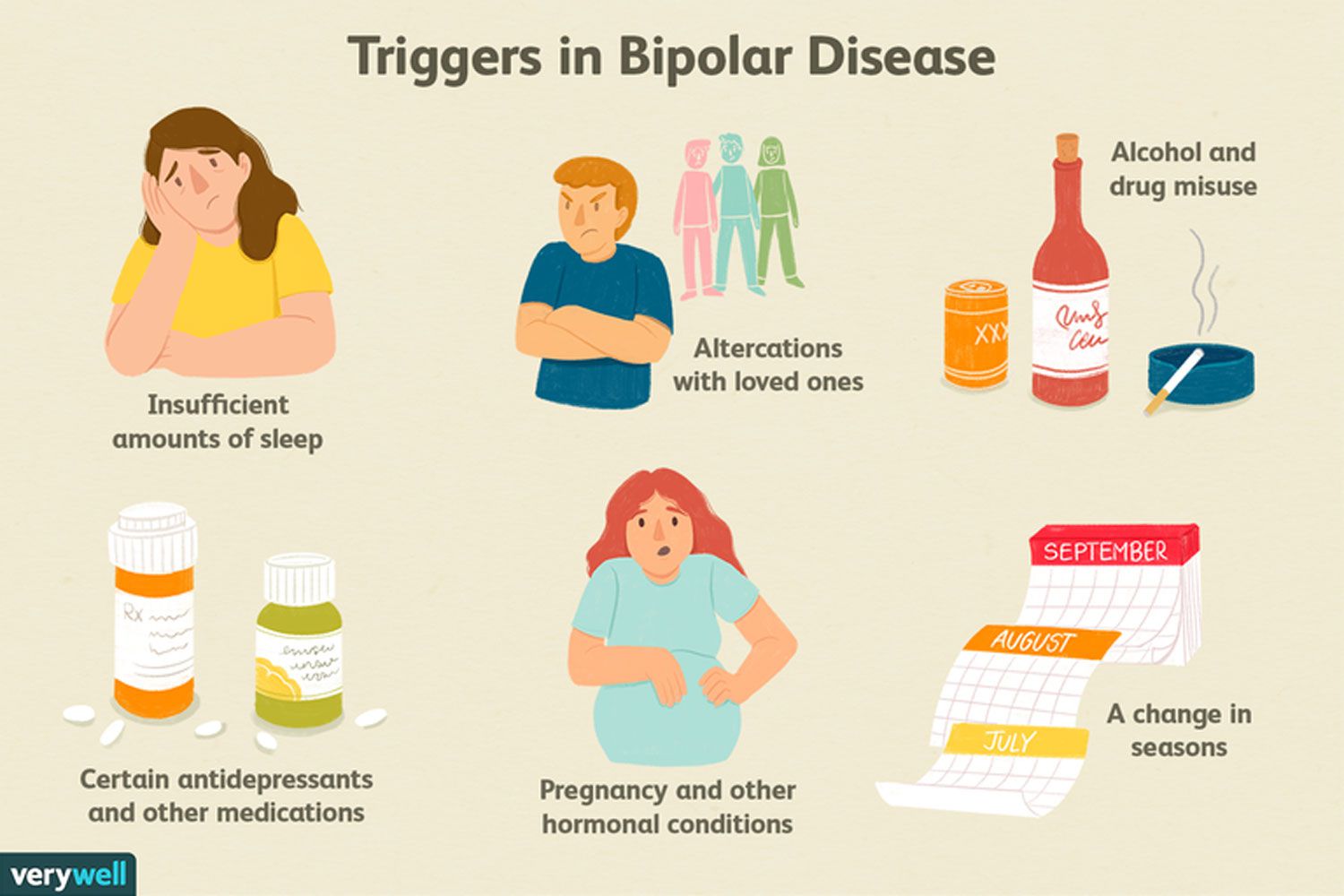
Bipolar Disorder Bipolar disorder is a serious mental illness that causes unusual shifts in mood. Ranging from extreme high (mania) to low depression. Bipolar disorder
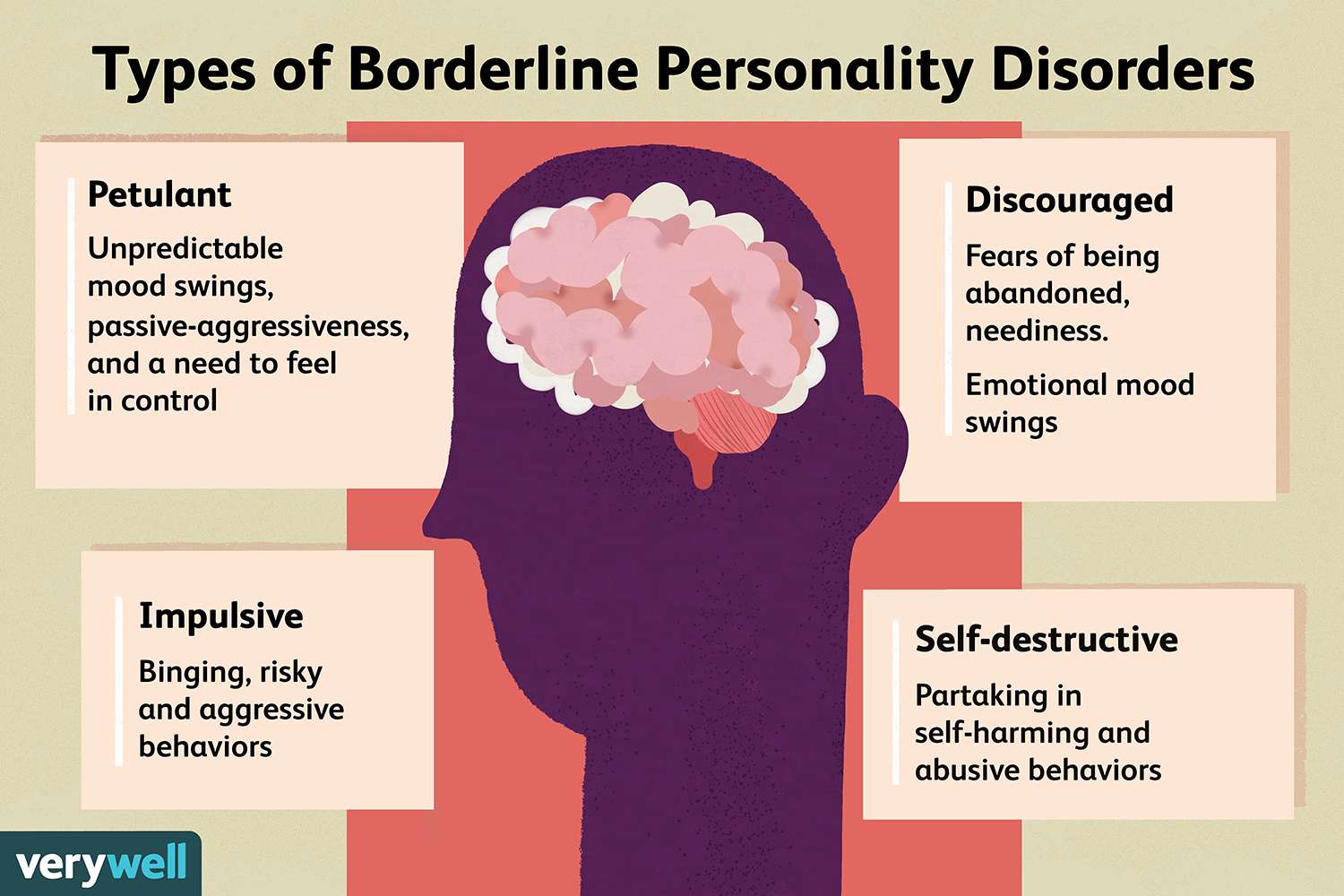
BORDERLINE PERSONALITY DISORDER NEW HOPE REAHAB AND CARING CENTER ISLAMABAD Borderline personality disorder is a mental illness that severely impacts a person’s ability to regulate
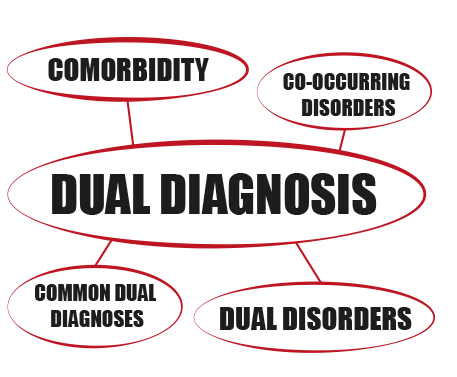
DUAL DIAGNOSIS AND ITS CHALLENGES A person with dual diagnosis has both a mental disorder and an alcohol or drug problem. These conditions occur together frequently. About
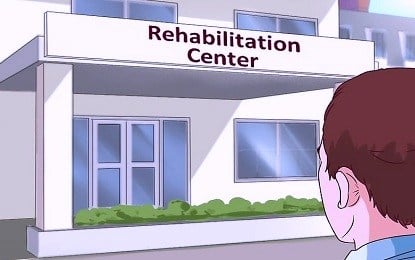
The Most Effective Rehabilitation Facility in Islamabad The Islamabad Addiction Treatment Center is the most effective rehabilitation facility in Islamabad. The center offers a variety of treatment

New Hope Rehab is a Luxury Rehabilitation Centre in Islamabad New Hope Rehab is a luxury rehabilitation centre in Islamabad. It is completely leading addiction treatment
Copyright © 2024 rehab All rights reserved. Developed, SEO & Digital Marketing By: Web Technologies Pakistan
WhatsApp us